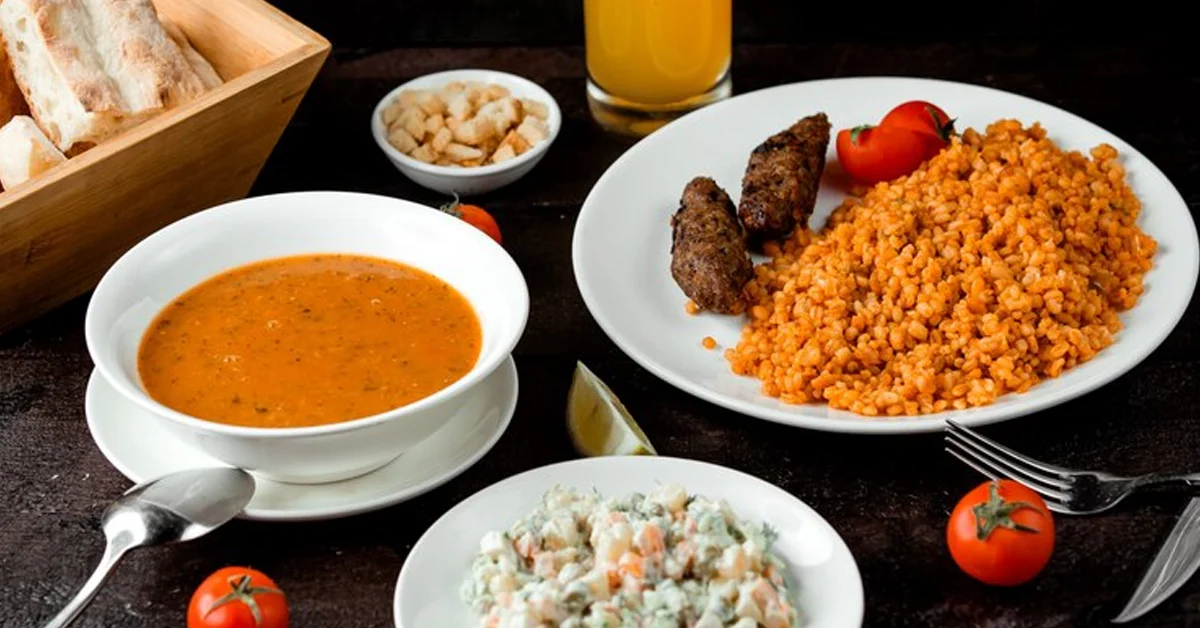Ceñillin, a traditional textile from Spain, is a vibrant and intricate fabric that encapsulates the rich cultural heritage of the regions where it is produced. This unique textile, often used in clothing and home decor, has been cherished for generations. In this article, we will explore the history, production process, uses, and cultural significance of Ceñillin, as well as its rising popularity in modern fashion and interior design.
ALSO READ: Top Primera Comunion Outfits In Katy United States
What is Ceñillin?
Ceñillin is a traditional Spanish textile characterized by its colorful patterns and durable fabric. Originating primarily from the region of Extremadura, Ceñillin is often handwoven and features a variety of intricate designs, making each piece unique. The name “Ceñillin” derives from the Spanish word “ceñir,” meaning to cinch or gather, which reflects the textile’s versatile applications. It is commonly used in the making of garments, tablecloths, and decorative items, symbolizing both utility and artistry.
A Brief History of Ceñillin
The history of Ceñillin dates back several centuries, with roots deeply embedded in Spanish culture. Initially crafted by local artisans, this textile was created for everyday use. Over time, it became a staple in both rural and urban settings. The craftsmanship involved in creating Ceñillin has been passed down through generations, preserving the techniques and traditions that define this unique textile.
In the 18th and 19th centuries, Ceñillin gained popularity beyond Spain, with its vibrant colors and patterns attracting the attention of international markets. Today, it stands as a testament to Spain’s rich textile heritage, celebrated for its beauty and craftsmanship.
The Production Process of Ceñillin
Materials Used
Ceñillin is traditionally made from natural fibers, primarily cotton and wool. The choice of materials contributes to the fabric’s durability and comfort, making it suitable for various applications. Additionally, natural dyes derived from plants and minerals are often used to achieve the vivid colors associated with Ceñillin.
Weaving Techniques
The production of Ceñillin involves intricate weaving techniques, often performed on handlooms. Artisans meticulously craft each piece, paying close attention to detail. The weaving process requires skill and precision, as the patterns are often complex and require a deep understanding of the textile’s design.
Dyeing Process
Dyeing is a crucial step in the production of Ceñillin. Artisans use traditional methods to dye the fibers, ensuring that the colors are vibrant and long-lasting. The use of natural dyes not only enhances the aesthetic appeal of the fabric but also aligns with modern sustainable practices.
The Cultural Significance of Ceñillin
Ceñillin holds a special place in Spanish culture, representing both tradition and innovation. It is often associated with festivals, celebrations, and cultural events. The fabric is used in traditional attire, such as the “traje de flamenca,” which is worn during Flamenco festivals.
Moreover, Ceñillin embodies the spirit of community. Local artisans often collaborate to create larger pieces, fostering a sense of unity and shared purpose. This collaborative approach ensures that the craft of Ceñillin continues to thrive, with new generations of artisans learning the trade.
Uses of Ceñillin
Fashion
In contemporary fashion, Ceñillin is making a significant impact. Designers are incorporating this unique textile into their collections, creating garments that celebrate Spanish heritage. From dresses to accessories, Ceñillin adds a touch of authenticity and color to modern fashion.
Home Decor
Ceñillin is also popular in home decor, with its vibrant patterns being used for tablecloths, curtains, and cushions. The fabric’s durability makes it ideal for everyday use, while its beauty enhances any living space. Many homeowners are drawn to Ceñillin for its ability to bring a warm and inviting atmosphere to their homes.
Art and Craft
Beyond fashion and decor, Ceñillin is embraced by artists and crafters. Many use the fabric in mixed-media projects, quilts, and other creative endeavors. The unique patterns and colors of Ceñillin inspire a wide range of artistic expressions, allowing artisans to explore new ideas and techniques.
The Rise of Ceñillin in Modern Times
In recent years, there has been a resurgence of interest in traditional textiles like Ceñillin. Consumers are increasingly seeking sustainable and ethically produced fabrics, making Ceñillin an attractive option. The blend of tradition and modernity in Ceñillin appeals to a broad audience, from fashion enthusiasts to interior designers.
Sustainable Fashion Movement
As part of the sustainable fashion movement, Ceñillin is gaining recognition for its environmentally friendly production methods. The use of natural fibers and dyes aligns with the growing demand for sustainable materials in the fashion industry. Many designers are committed to showcasing Ceñillin as a viable alternative to mass-produced fabrics.
Global Appeal
Ceñillin’s unique aesthetic is resonating with audiences beyond Spain. International designers are incorporating the fabric into their collections, celebrating its heritage while adding a modern twist. This global appeal is helping to elevate Ceñillin’s status as a sought-after textile in the world of fashion.
Caring for Ceñillin
To ensure the longevity of Ceñillin textiles, proper care is essential. Here are some tips for maintaining the beauty and integrity of your Ceñillin items:
- Washing: Hand wash in cold water with a gentle detergent. Avoid bleach to preserve the colors.
- Drying: Air dry away from direct sunlight to prevent fading. Avoid wringing out the fabric, as this can distort its shape.
- Storage: Store Ceñillin items in a cool, dry place. Avoid folding them in a way that creates creases.
Conclusion
Ceñillin is more than just a textile; it is a vibrant representation of Spanish culture, history, and artistry. With its unique weaving techniques and rich heritage, Ceñillin has transcended time, adapting to modern trends while preserving its traditional roots. As we embrace sustainable and ethical fashion, Ceñillin stands out as a testament to the beauty of handmade craftsmanship. Whether worn as clothing or displayed in the home, Ceñillin continues to enchant those who appreciate the art of textiles.
ALSO READ: Durable Gambeson For Ultimate Protection: Buy Now
FAQs
What is Ceñillin?
Ceñillin is a traditional Spanish textile known for its vibrant colors and intricate patterns. It is primarily made from natural fibers like cotton and wool and is often handwoven, making each piece unique.
Where is Ceñillin produced?
Ceñillin is primarily produced in the region of Extremadura, Spain, where artisans use traditional techniques to craft the fabric.
How is Ceñillin different from other textiles?
Ceñillin is distinguished by its colorful patterns, durability, and the intricate handweaving techniques used in its production. It often incorporates natural dyes, enhancing its appeal.
What are some common uses for Ceñillin?
Ceñillin is used in fashion, home decor, and art. It is commonly made into garments, tablecloths, curtains, and decorative items, showcasing its versatility.
How can I care for my Ceñillin textiles?
To care for Ceñillin, hand wash in cold water with a gentle detergent, air dry away from direct sunlight, and store in a cool, dry place to maintain its beauty and longevity.

